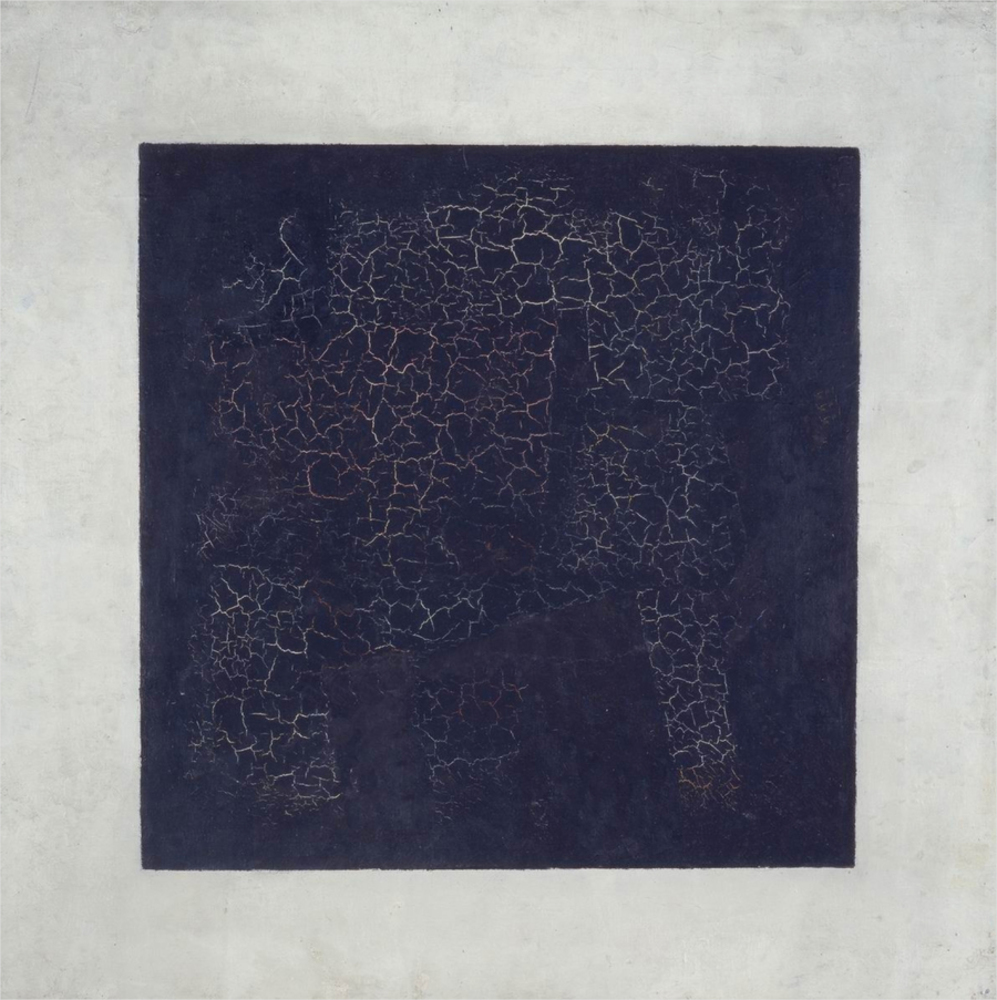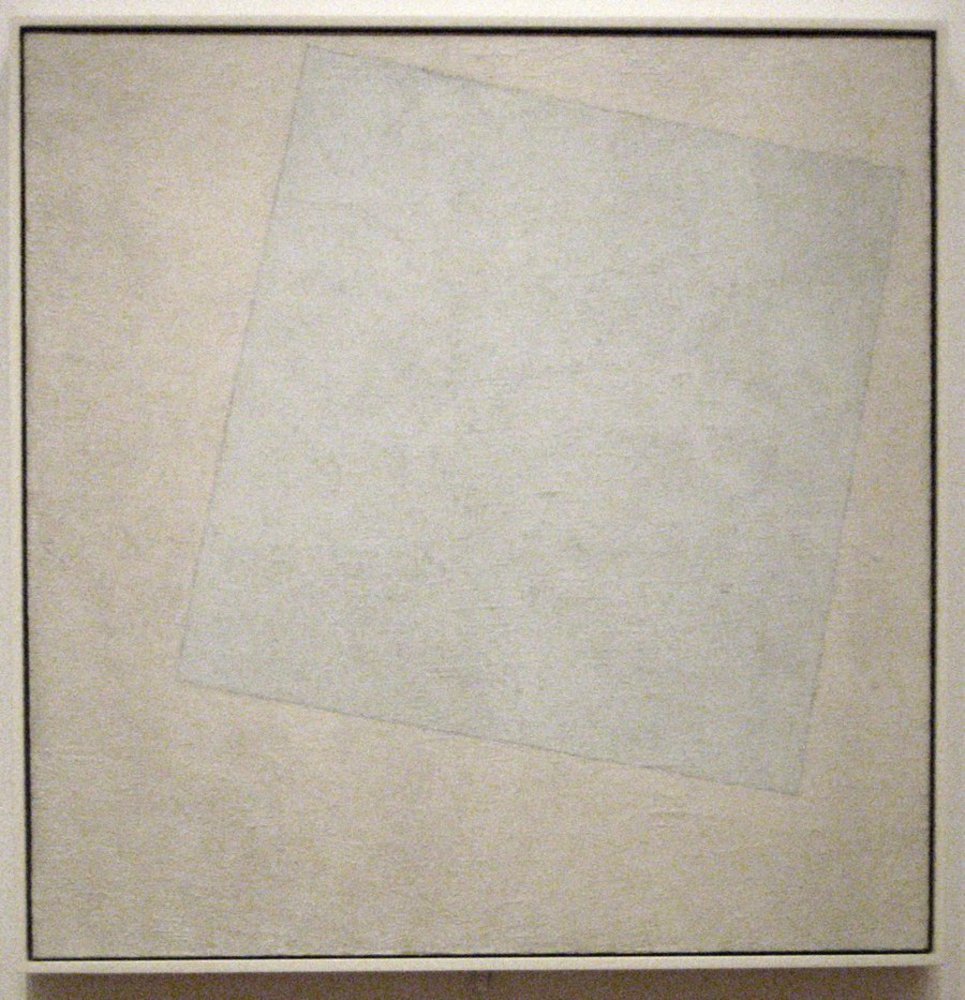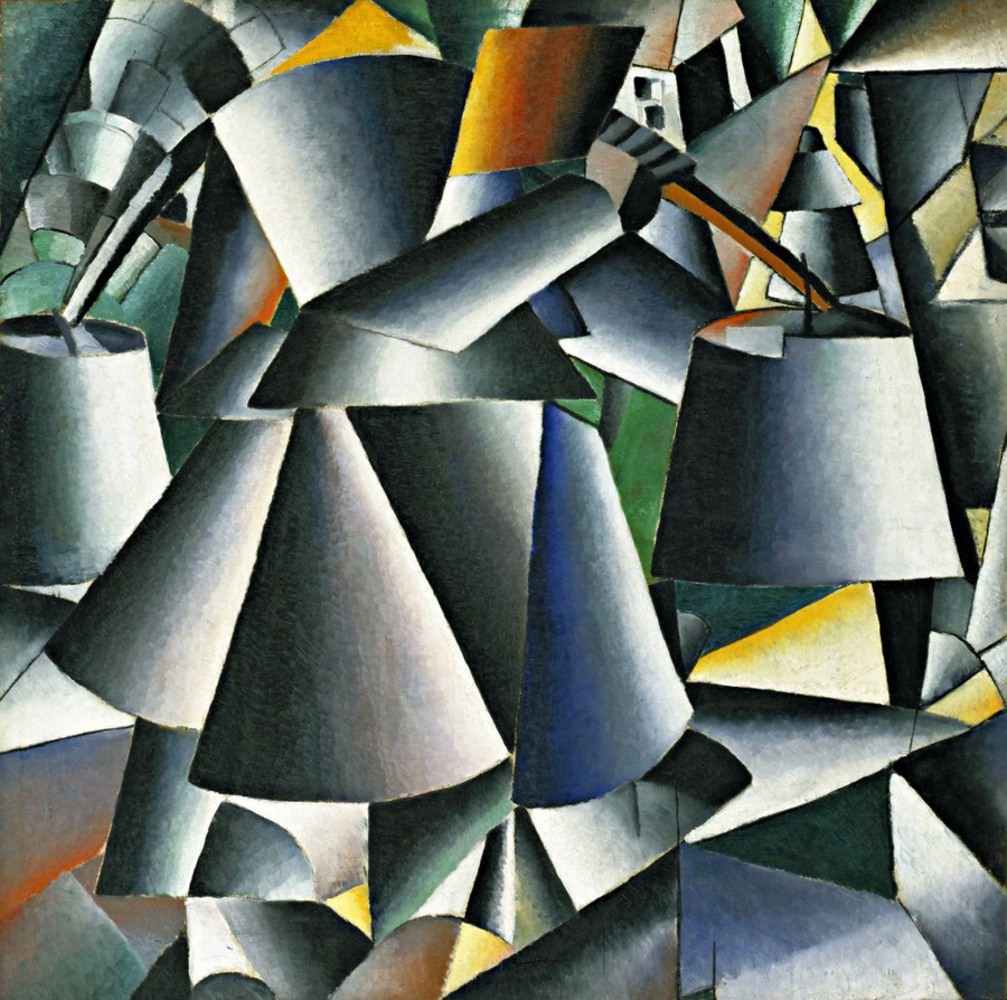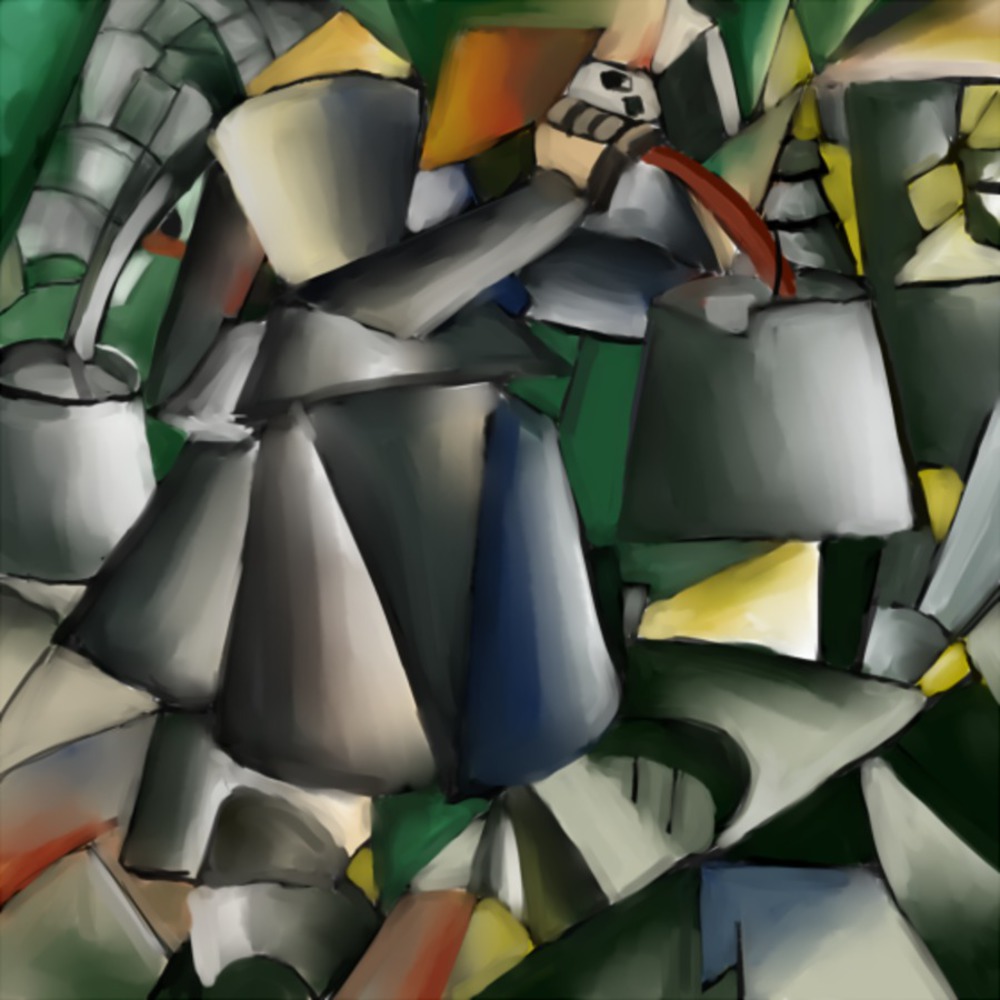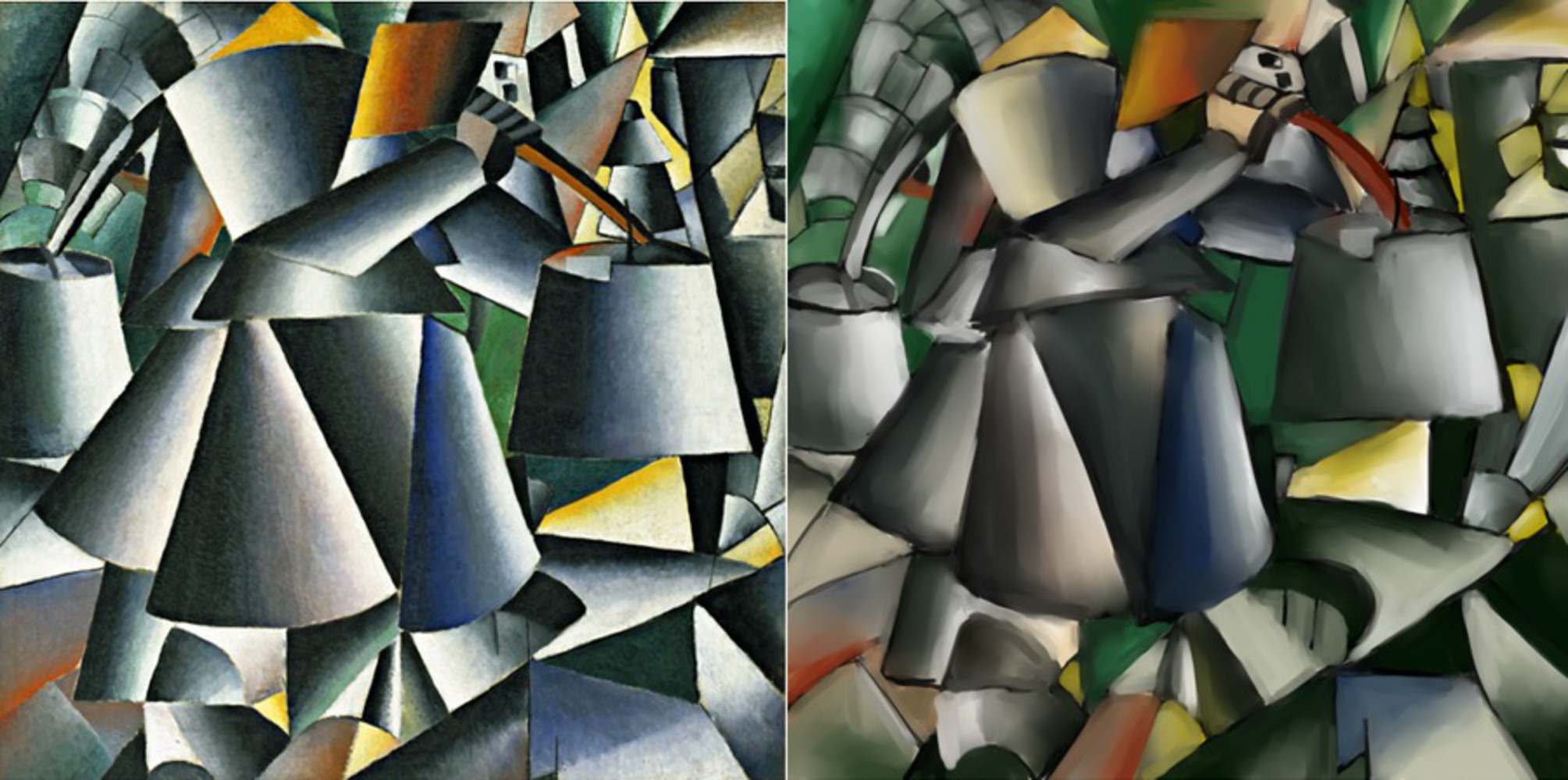ARTIST
Kazimir Malevich (1879-1935) was born in Tsarist Russia and lived during a turbulent time in history. He was present for WWI and the October Revolution. He originally used a more representational style before beginning to paint in an avant-garde style. He was exposed to cubist principles in the 1910's and began to use them in his work, transitioning into a style known as Cubo-Futurism. However, this did not last long and he soon created a new kind of art style called Suprematism, which promoted the "supremacy of 'pure artistic feeling.'" His most famous works include Black Square (1915), Suprematist Composition (1916), and White on White (1917). Eventually, the government banned him from using nonrepresentational styles, but the impact of his thought-provoking abstract art would linger in the world.
Under Suprematism I understand the primacy of pure feeling in creative art. To the Suprematist, the visual phenomena of the objective world are, in themselves, meaningless; the significant thing is feeling, as such, quite apart from the environment in which it is called forth.
- Kazimir Malevich, the Supremist Manifesto

